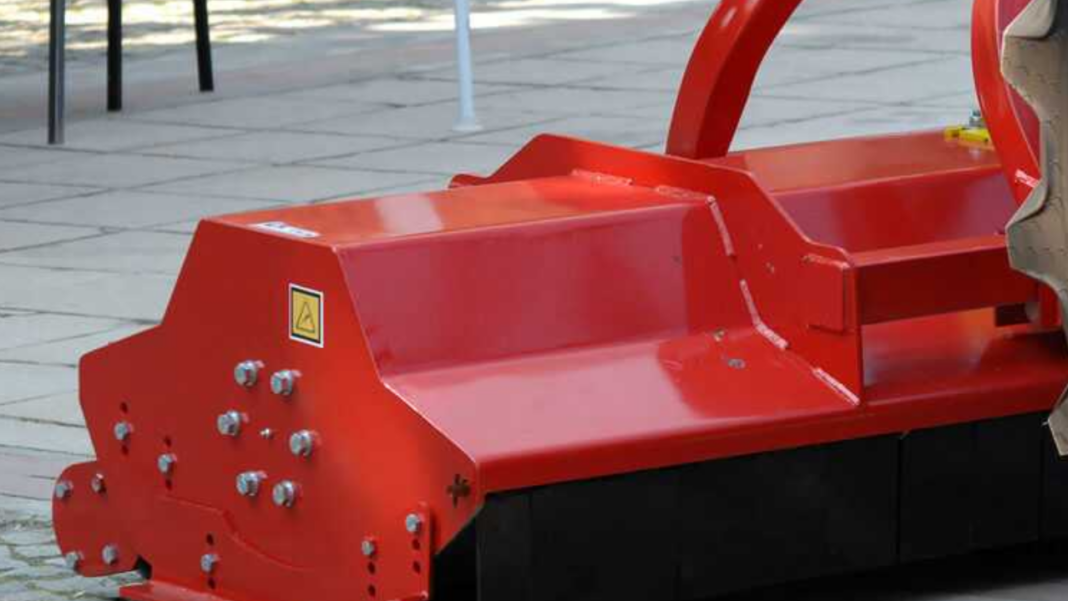High-quality mulcher teeth, flail mower hammer blades, and other land clearing wear components are JYF Machinery’s specialty. Numerous brands are compatible with our parts. Whatever brand of flail mower or mulching equipment JYF Machinery has the equipment you need. Forged parts you need to keep it operating.
Hammer Blades for Flail Mowers and Mulcher Teeth a type of tooth. Examples of worn parts. The robust, sharp blades known as Mulcher Teeth a type of tooth. Usually installed on forestry equipment like mulchers and lawn mowers. These forestry mulcher parts are similar since they made to reduce and shred plants. Nevertheless, they are usually installed on flail mowers, which chop and shred plants with a number of blades that rotate horizontally.
How Effective Are The Forestry Mulcher Parts?
When utilized correctly and maintained, forestry mulcher parts, such as flail teeth and mulcher teeth mowers, have a high degree of effectiveness. The reason for their efficacy is their sturdy build, exceptional cutting capabilities, and resilience to challenging working environments that are commonly found in forestry and field clearing activities.
Difference between Flail Mower Hammer and Mulcher Teeth
Despite having the same purpose of cutting and shredding vegetation, mulcher teeth, and hammers for flail mowers differ greatly from one another. For shredding plants, mulcher teeth employ a revolving rotor, whereas hammers for flail mowers use a rotating drum with swinging hammers. The detail difference between flail hammer and mulcher teeth is as follows:
1. Design and Shape
Mulcher Teeth
Mulcher teeth are usually composed of carbide and are pointed and sharp in shape. They are designed to efficiently chop through brush, small trees, and thick vegetation. These teeth are frequently found in forestry mulchers, large, powerful equipment used for land and forestry clearance. The mulcher’s teeth work effectively for cutting purposes.
Flail Mower Hammer
Hammers for flail mowers are typically composed of hardened steel. Hammers for flail mowers are blunter and resemble real hammers. They swing freely and strike the vegetation to cut it, thanks to their attachment to the flail mower’s revolving drum. Grass, weeds, and light vegetation are typically mowed with flail mowers in fields, parks, and along roadsides.
2. Application
Mulcher Teeth
In land clearing, forestry, and vegetation management operations where the material to be cut is more substantial, including trees, bushes, and heavier vegetation, mulcher teeth are utilized. They are made for heavy-duty applications. Because they are able to cut through large vegetation. Due to the sharp teeth of mulcher teeth, people usually prefer this tool.
Flail Mower Hammers
These tools are best used for less demanding chores, such as trimming grass, weeds, and small plants on level or somewhat uneven surfaces. They are frequently employed in agriculture, urban upkeep, and landscaping. While the hammers of flail mowers function similarly to those of a mulcher, their operation is limited to small areas. Still, it produces the best results and works incredibly well.
3. Cutting Mechanism
Mulcher Teeth
Mulcher teeth are designed to slash through plants by means of a slicing and grinding motion. Big trees and woody waste can be chopped down into smaller, more manageable pieces with great effectiveness. The cutting mechanism of mulcher teeth is so smooth that it works well and gives the best result.
Flail Mower Hammers
These tools strike the grass and cause it to sever and disintegrate into smaller bits by an impact and cutting motion. Higher quality materials, such as grass and small weeds, are better chopped using them. The hammers for flail mowers work flawlessly.
Conclusion
Mulcher teeth and hammers for flail mowers are helpful equipment for managing vegetation, but they each have particular advantages and disadvantages. While hammers for flail mowers are strong and effective when it comes to cutting through dense grass and crops, mulcher teeth are flexible and useful for slicing through intricate, woody plants. Knowing how the two tools differ can help you select the one that best meets your particular requirements.














